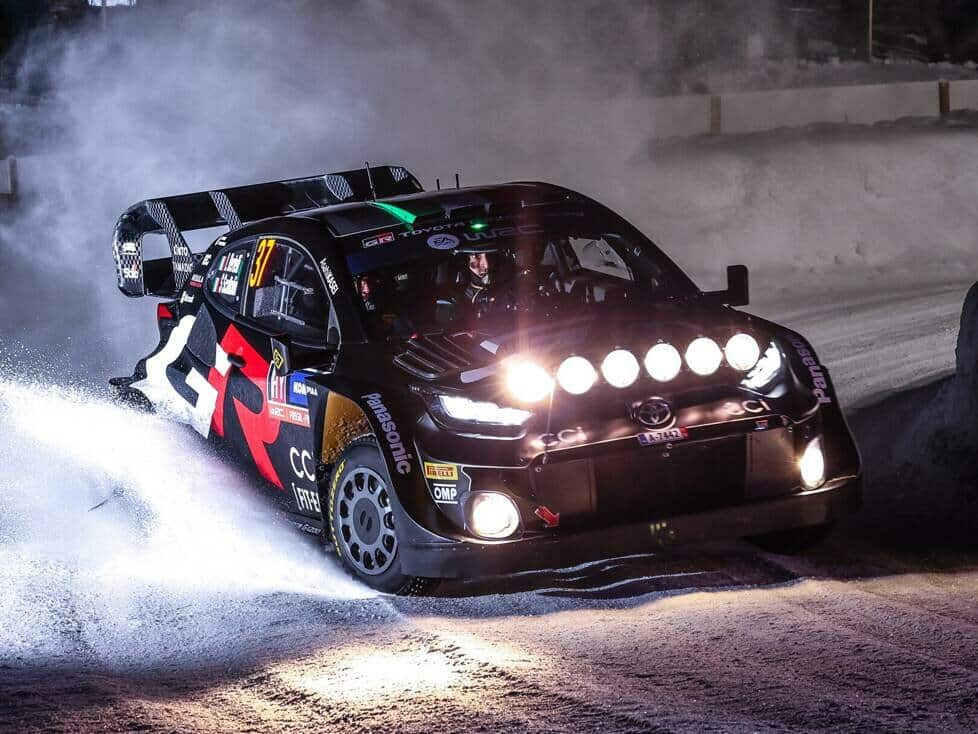Toyota is largely in agreement with the rule changes for the 2025 WRC, but is calling for less radical measures when it comes to pruning the cars
Hybrid out, power down, completely new cars from 2027 with an ambitious cost target and further changes to the rally format: in view of the slump in Rally1 cars in the World Rally Championship (WRC), the FIA has resorted to drastic measures to make the sport fit for the future
The hybrid drive will be abolished in favor of climate-friendly fuels, the aerodynamics will be cut back and at the same time the air restrictor will be reduced in order to reduce the power of the Rally1 cars to 330 hp.
This would mean that the cars would fall back to the level of the 2016 World Rally Cars in terms of performance. In 2017, the power in the top rally class was increased in order to enhance the spectacle.
However, this led to complications with the FIA, as the faster cars exceeded the self-imposed limit of 130 km/h average speed on several special stages. Legendary stages such as Ouninpohja at the Rally Finland were therefore no longer allowed to be driven, and the stage will not return in the opposite direction until 2024.
The 500 hp hybrid cars, which are not far removed from the top performance of Group B, will be a thing of the past from 2025. Toyota team boss Jari-Matti Latvala believes the measures go too far and that they will increase costs rather than reduce them.
“Let’s put it this way: there have been some pretty big surprises, but on the whole there are a lot of good things in it,”
“The important thing is that we have taken the right steps and now know what we want to achieve. This helps everyone with planning and also new manufacturers who are thinking about entering the World Rally Championship. “
All at once is too much for Toyota
“But there are some things that are too aggressive. I hope we can talk to the FIA and find a solution for these [critical] ideas so we don’t overdo it.” He sees the end of the hybrid drive as a positive development because it has significantly driven up costs.
“But changing the restrictor and the aerodynamics at the same time, all at once, is a bit too much. That means you have to test the aerodynamics while optimizing the engine for the new restrictor. I hope that we can find a solution for next year where we don’t have to do so much at once.”
According to Latvala, it would have been enough to simply remove the hybrid drive, which would have automatically eliminated the power peaks of 500 hp. “Then you would have to do fewer tests and simulations,” he points out.
Toyota will therefore try to soften the restrictions. “All manufacturers are on board, and I think our chances of finding a compromise are very good,” emphasizes Latvala.
He also does not believe that the price target of 400,000 euros acquisition costs for the 2027-generation Rally1 cars can be met: “The target sounds good, but I don’t think it will be that easy to achieve this price level. We’ll see what it looks like in the end. If Rally2 cars cost 300,000 euros today, then I think half a million is more likely.”
He sees the planned changes to the format as positive: “A slightly smaller service park and the use of remote services and perhaps fewer people in the service department to reduce costs, that’s good. As are the considerations regarding sustainable fuels and even hydrogen, that’s the future. “





